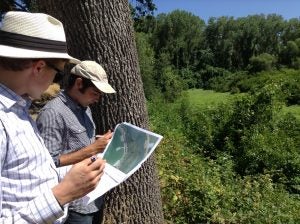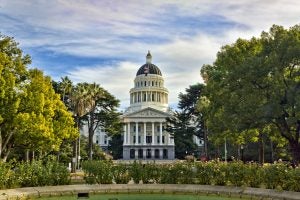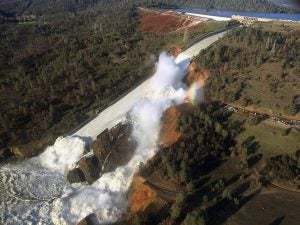Es una paradoja penosa para California, la quinta economía más grande del mundo: Algunos de los mismos trabajadores agrícolas que recogen nuestra comida no pueden beber un vaso de agua limpia, o ni siquiera tener agua, en fregadero de la cocina.
He trabajado en temas de justicia ambiental en EDF durante los últimos seis años, y he tenido la oportunidad de hablar con algunos de estos trabajadores esenciales, muchos de los cuales provienen de países de habla hispana como yo.
A medida que el Mes de la Herencia Hispana llega a su fin, la sequía en California avanza obstinadamente. Es importante reconocer cuán importantes son estos trabajadores del campo que cosechan los alimentos en todo nuestro estado y más allá.
Más allá del reconocimiento que se merecen los trabajadores del campo, los líderes estatales y locales deben tomar al menos tres pasos críticos para eliminar esta paradoja:















